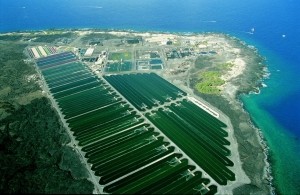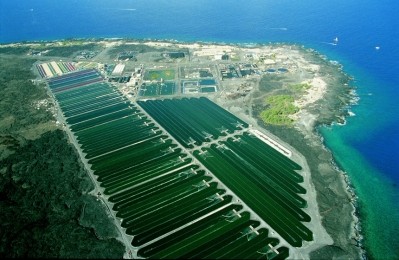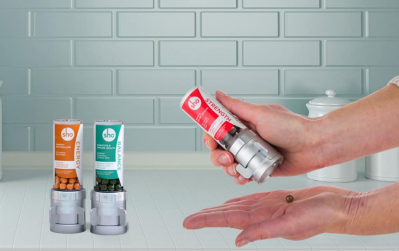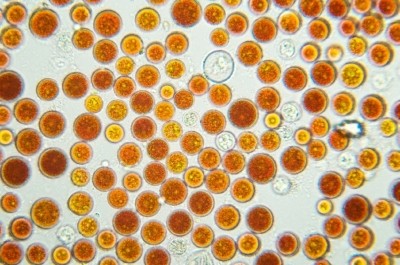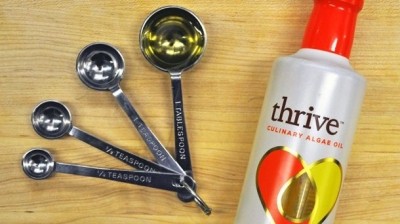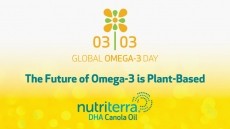Algae special edition
Curious about algal production? Here’s a glimpse of the technology
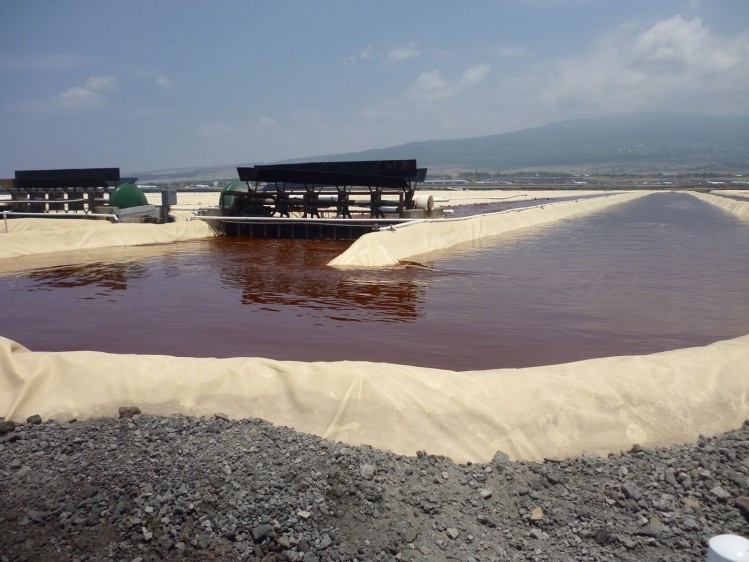
For human consumption applications, you can’t just harvest any algae from one of the increasingly ubiquitous algal blooms around the world (these kinds tend to be toxic). There’s a fine art and science to it. Cysewski told NutraIngredients-USA that algae are produced using phototropic growth, which uses light and carbon dioxide.
“Phototropic growth is conducted in either open ponds or closed systems. Closed systems can be tubular (oriented either horizontally or vertically), flat plates, or open ponds housed in greenhouses,” he said.
No breakthrough yet in algae production technology
In the past few years, there has been some media attention on algae’s promise as the next “it” food ingredient, as expressed in articles written that year in Slate and Business Insider.
But the production process is notoriously expensive, which seems to be the biggest barrier for the category. “Producing algae (microalgae) is expensive, on the order of $4.00 to $12.00 per pound of dry algae,” Cysewski said. “There are many efforts to reduce production cost for microalgae production, but no breakthroughs.”
As of now, production still relies on the two methods Cysewki mentioned, each with its own ups and downs. “Open ponds are the least expensive systems both in capital and operating costs, but are subject to contamination from airborne organisms and produce low cell densities of around 1 gram dry weight per liter,” he said.
“More expensive closed culture systems protect from environmental contamination. However culture contamination eventually occurs and closed systems can be very difficult to clean,” he added. “Closed culture systems, particularly tubular systems, produce high density cultures of between 3 to 5 grams dry weight per liter.”
Production using heterotrophic growth
There is a third production method, which Cysewski said was the most expensive, called the heterotrophic growth method, where a fixed carbon source such as sugar is used with no light. “[It’s] equivalent to fermentation processes and is conducted in tanks [that can be sterilized],” he said.
“Capital and operating costs are high, but very high density cultures of up to 10 grams per liter are produced,” he added.
Growing spirulina
Hawaii-based Cyanotech uses the two phototrophic methods to grow its algae—open pond cultures to produce spirulina and a combination of closed culture systems and open ponds to produce Haematococcus. “Spirulina grows in a very alkaline environment (pH 10 to 11) and is not susceptible to contamination by unwanted organisms,” Cysewski said.
As for Haematococcus production, closed culture systems are used at the beginning to produce “pure, thick cultures—which spend only seven days in outdoor open ponds for astaxanthin accumulation under direct sunlight,” he added.
Euromonitor data from 2013 forecasted that spirulina and other algal ingredients used for omega-3s and coloring foodstuff were expected to perform best, though a spokesperson for the firm said it hasn’t published any new data on the category since.
According to Cysewski, the US has both “a thriving algae production and market for algal production.” He added that China also has a thriving market, being the largest production and domestic consumption of spirulina.
